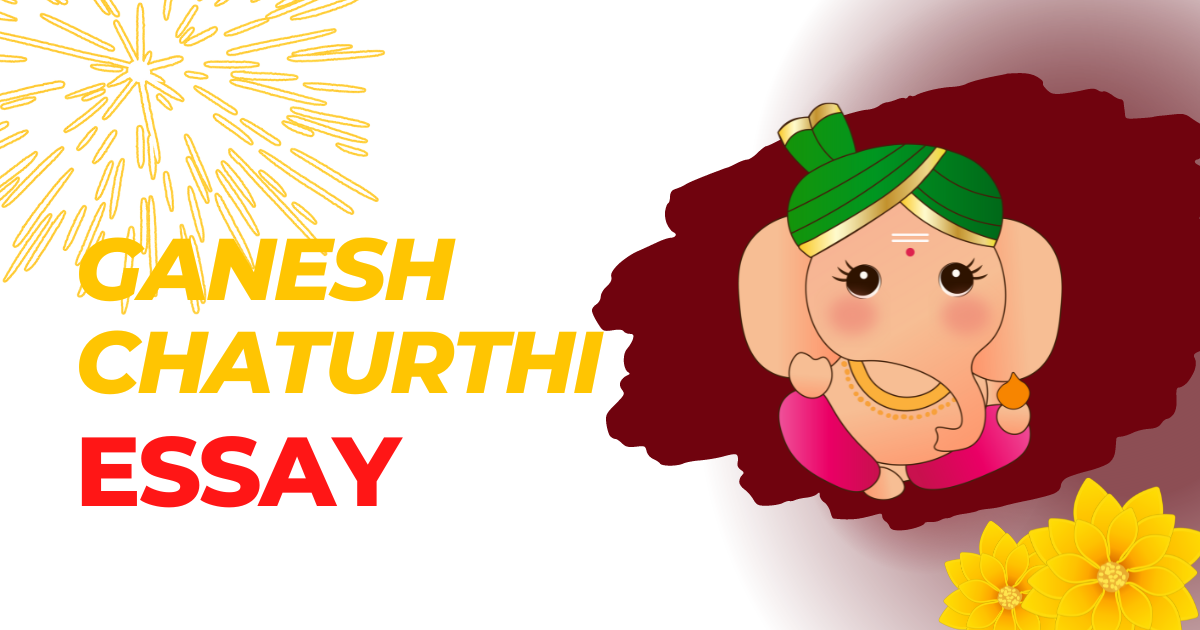Ganesh Chaturthi is a Hindu festival that celebrates the birth of Lord Ganesha, the God of wisdom, prosperity, and good fortune. This 500-word essay provides an overview of the festival, including its origins, celebration, and significance. Whether you’re a Hindu or simply looking to learn more about this colorful and vibrant festival, this essay provides a comprehensive and informative look at Ganesh Chaturthi.
Ganesh Chaturthi is a Hindu festival that celebrates the birth of Lord Ganesha, the elephant-headed God of wisdom, prosperity, and good fortune. The festival is celebrated annually in the Hindu calendar month of Bhadrapada, typically falling in August or September.
Ganesh Chaturthi has its roots in Maharashtra, where it was first celebrated as a public event in the late 19th century by Indian independence activist and leader, Bal Gangadhar Tilak. Tilak sought to use the festival as a way to bring people together and mobilize them for the independence movement. Today, the festival is celebrated throughout India, and in many other countries where there is a significant Hindu population.
The festival is marked by the installation of beautifully crafted clay statues of Lord Ganesha in homes and public pandals. The statues range in size from small household idols to towering public sculptures that can reach up to 50 feet. The celebration begins with the placement of the idol, which is worshipped with offerings of flowers, sweets, and coconut. Throughout the festival, people gather to sing devotional songs, offer prayers, and participate in cultural activities such as dance and music performances.
One of the highlights of Ganesh Chaturthi is the procession, also known as the “visarjan,” in which the idol is taken to a nearby river or ocean for immersion. This signifies the return of Lord Ganesha to his divine abode and marks the end of the festival. The procession is a grand and colorful event, with people dancing and singing along the way, and the idol is placed on a beautifully decorated float.
Ganesh Chaturthi not only holds religious significance but also serves as a time of social and cultural gathering. The festival brings people together, promoting unity and brotherhood, and also provides employment and business opportunities for artists, craftsmen, and vendors who participate in the festival preparations.
However, the festival has faced criticism in recent years due to environmental concerns. The immersion of large, elaborate statues made of non-biodegradable materials in bodies of water has been known to cause pollution. To mitigate these impacts, many communities have begun to use eco-friendly alternatives such as clay idols that dissolve in water, or idol-making competitions that encourage the use of sustainable materials.
In conclusion, Ganesh Chaturthi is a vibrant and significant festival that brings people together to celebrate the birth of Lord Ganesha. The festival holds religious, cultural, and social significance and serves as an opportunity for people to come together in celebration and devotion.

